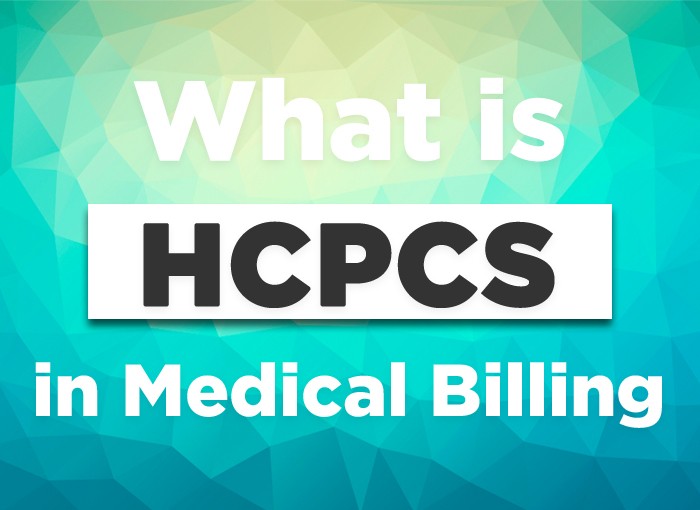What does HCPCS stand for in Medical Billing
To simplify the process of medical billing, the health care industry uses various types of codes like ICD, HCPCS, CPT, etc. These codes are designed to bring uniformity by assigning codes to both physician and non-physician services. This is where the HCPCS code comes in.
Definition of HCPCS
In medical billing, the term HCPCS stands for Health care Common Procedure Coding System. The initial purpose of HCPCS was to bring uniformity among some specific items and services. However, after the formation and implementation of HIPAA (Health Insurance Portability and Accountability Act of 1996) HCPCS was specified under HIPAA Transaction and Code Set regulations—making the use of HCPCS mandatory for certain services.
Types of HCPCS Codes
Adopted by CMS in 1983 and formed on the American Medical Association’s (AMA) CPT coding system, the HCPCS code is divided into three categories—Level I, Level II and Level III.
- LEVEL I: The Level I HCPCS codes consist of CPT (Current Procedural Terminology) codes and are numeric. Centers for Medicare & Medicaid Services (CMS) didn’t improve these codes and included them in HCPCS. However, when these codes are used for Medicaid and Medicare, they are technically considered as HCPCS codes and not CPT codes. For example, if you have an elderly Medicare patient who needs the placement of the tracheal stent then the code CPT code 31631 will be used as HCPCS code. Level I codes can be quite confusing to use due to the technicality; therefore, hospitals must hire a well-trained medical coder. Also, CPT codes are only used for diagnostic, medical and surgical services.
- LEVEL II: The difference between CPT and HCPCS is visible in the Level II HCPCS codes and HCPCS modifiers. The HCPCS codes in this category are alphanumeric and are used to cover products, supplies, and services that do not fit in Level I.
- LEVEL III: The Level III codes are referred to as HCPCS local codes—suggesting that these codes were created by local/state Medicare and Medicaid agencies/contractors and private health care insurers. Unlike Level I and Level II, these codes aren’t recognized at the national level and are used within certain jurisdictions.
Level II HCPCS Codes
The Level II codes are the actual HCPCS codes that were created by CMS to standardize non-physician services at the national level for billing/ transaction purposes. The primary use of Level II HCPCS codes include services such as ambulance services, drugs, infusion additives, and ancillary surgical supplies, walkers, wheelchairs, and other non-physician services (that aren’t covered by Level 1 codes). The codes have 5 character code structure—the characters begin with a letter and end with 4 numbers. For example, the code C1823 is used to report Outpatient PPS like generator, neuro-stimulator (implantable), non-rechargeable, with transvenous sensing and stimulation leads. It is important to note that HCPCS codes follow a specific range of divisions to represent various products and supplies. For example, the HCPCS code range A0021-A0999 is used to represent ambulance and other transport services and supplies; whereas the code range V5008-V5364 is used to represent hearing services.




